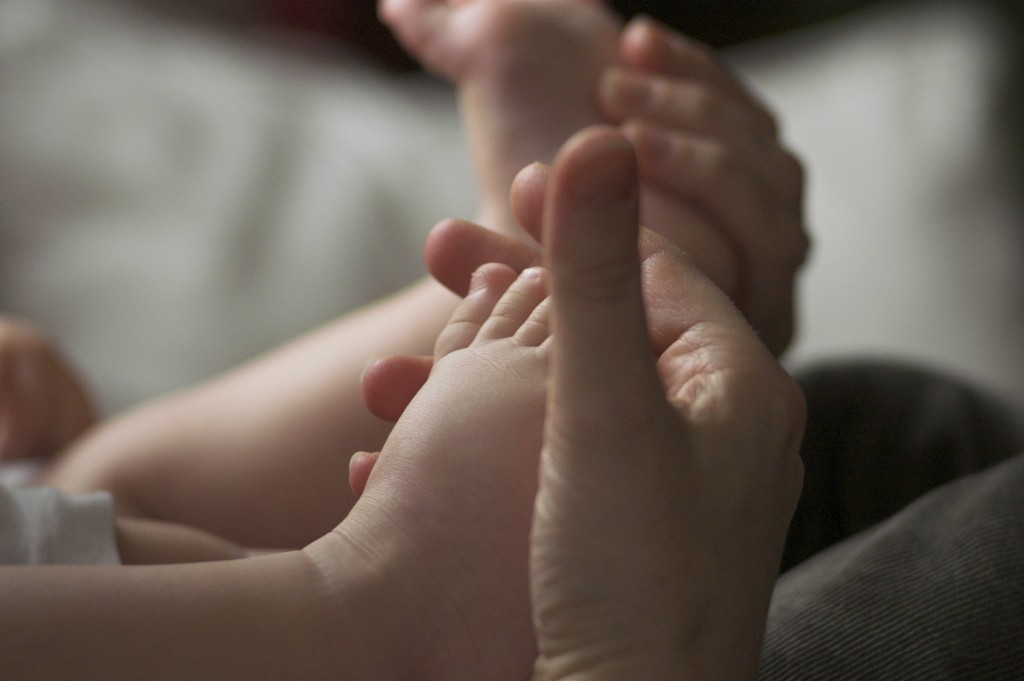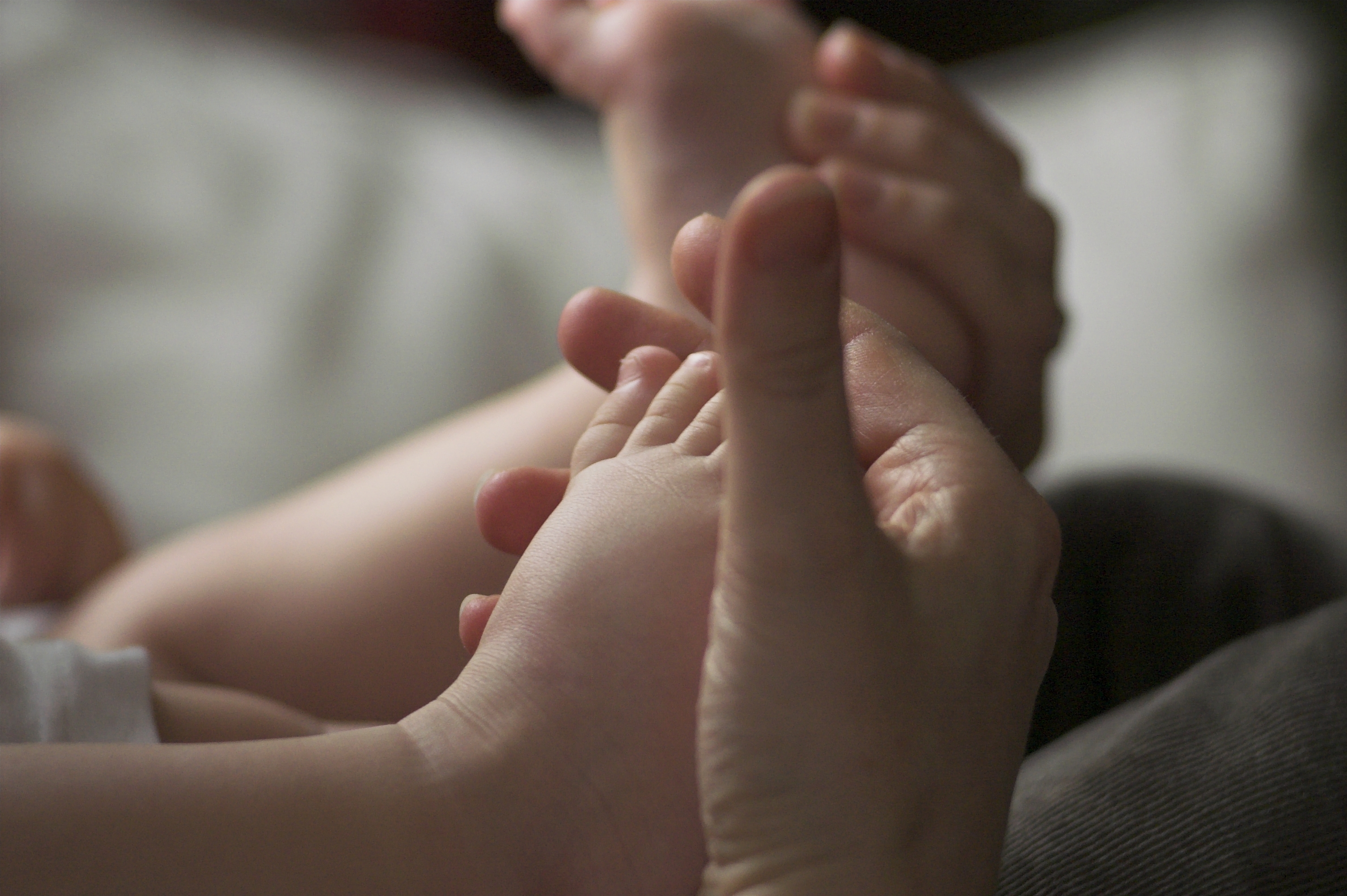
In addition, the study also shows that planned home births may be associated with fewer outside interventions (like resuscitation or c-section).
“When studies are well designed and carried out, the data consistently find that when women with midwives in a system of well integrated home and hospital birth care give birth at home, outcomes are similar,” explains lead study author Dr. Eileen K. Hutton with McMaster University department of Obstetrics and Gynecology and the Midwifery Education Program, located in Hamilton, Ontario.
Hutton goes on to say that the results of this study are not necessarily surprising. Still, the hard data is reassuring and encouraging. She attests, “I’d feel very reassured that the outcomes for home birth are good,” adding, though, that women who give birth at home must also be sure to take special precautionary measures just in case there is an emergency.
The study compared 11,000 hospital births with 11,000 planned home births. In the study more than half of the total women had given birth at least once before.
All 22,000 pregnancies were low risk and furthermore, the mothers did not have other risk factors like maternal alcohol or drug use/dependency. They were also devoid of medical conditions like hypertension, diabetes, heart conditions, chronic viral infections, antepartum bleeding, eclampsia, and more.
The study found that of the two-thirds of those who planned to give birth at home did have a home birth and 97 percent of those planning for a hospital birth did accordingly. Only 8 percent of the home birth group required some emergency service, which is a little higher than the 2 percent in the hospital group.
However, the hospital group needed more interventions (like labor augmentation or assisted vaginal deliver).
After all the data was analyzed, only about 1.5 of every 1,000 home births resulted in stillbirth, compared with 0.94 of every 1,000 hospital births.
Thus, Dr. Hutton concludes, “As long as there’s coordination between home and hospital, you could say home birth appears to be as safe as giving birth at the hospital.”








